Samurai: History and Legend
World-class collections, never-before-seen treasures and samurai cats go on display in Cambridge
#ULSamurai

Treasures from one of the world’s most important collections of Japanese literature will go on public display for the first time at Cambridge University Library from Saturday (Jan 22).
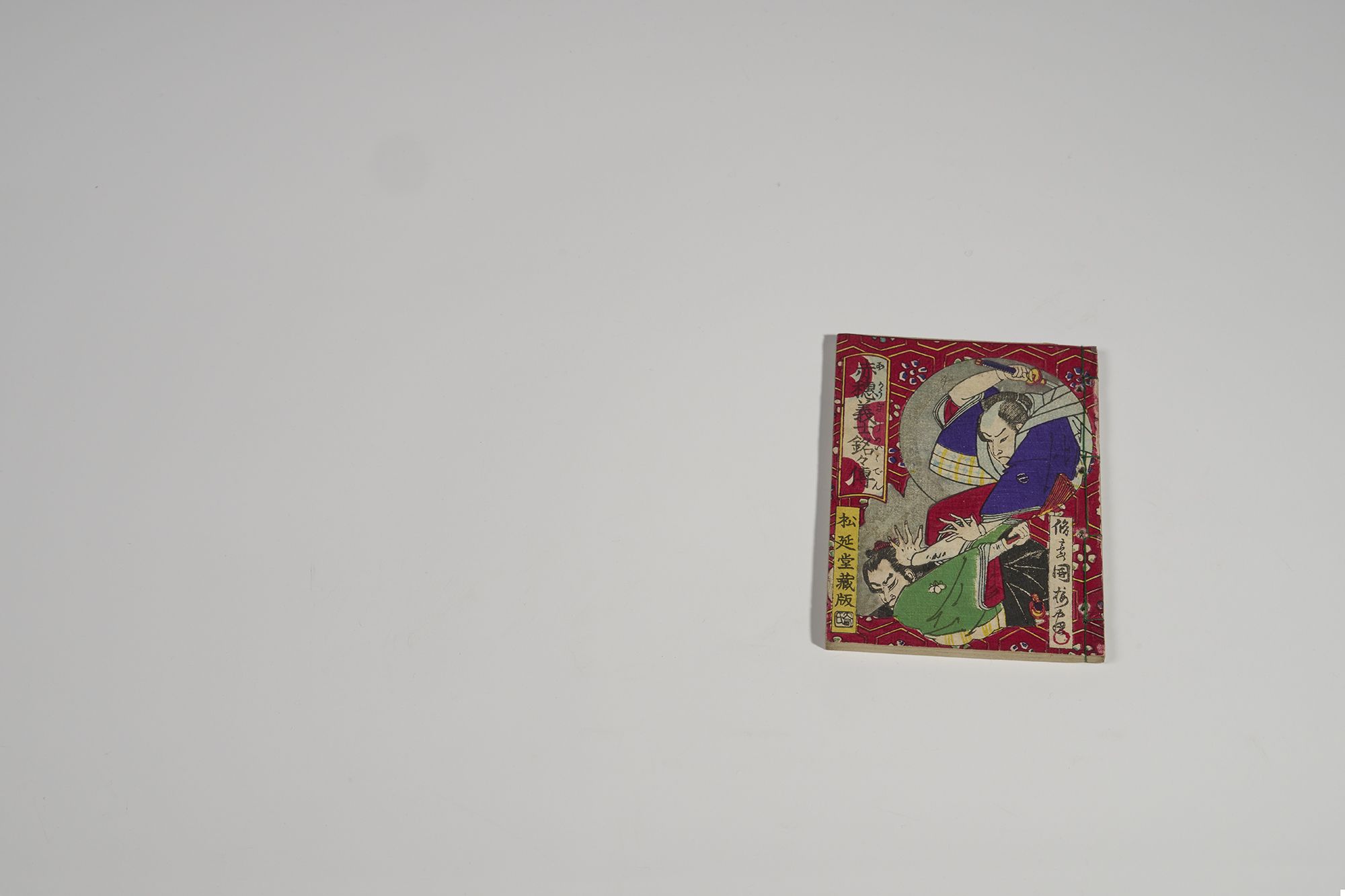
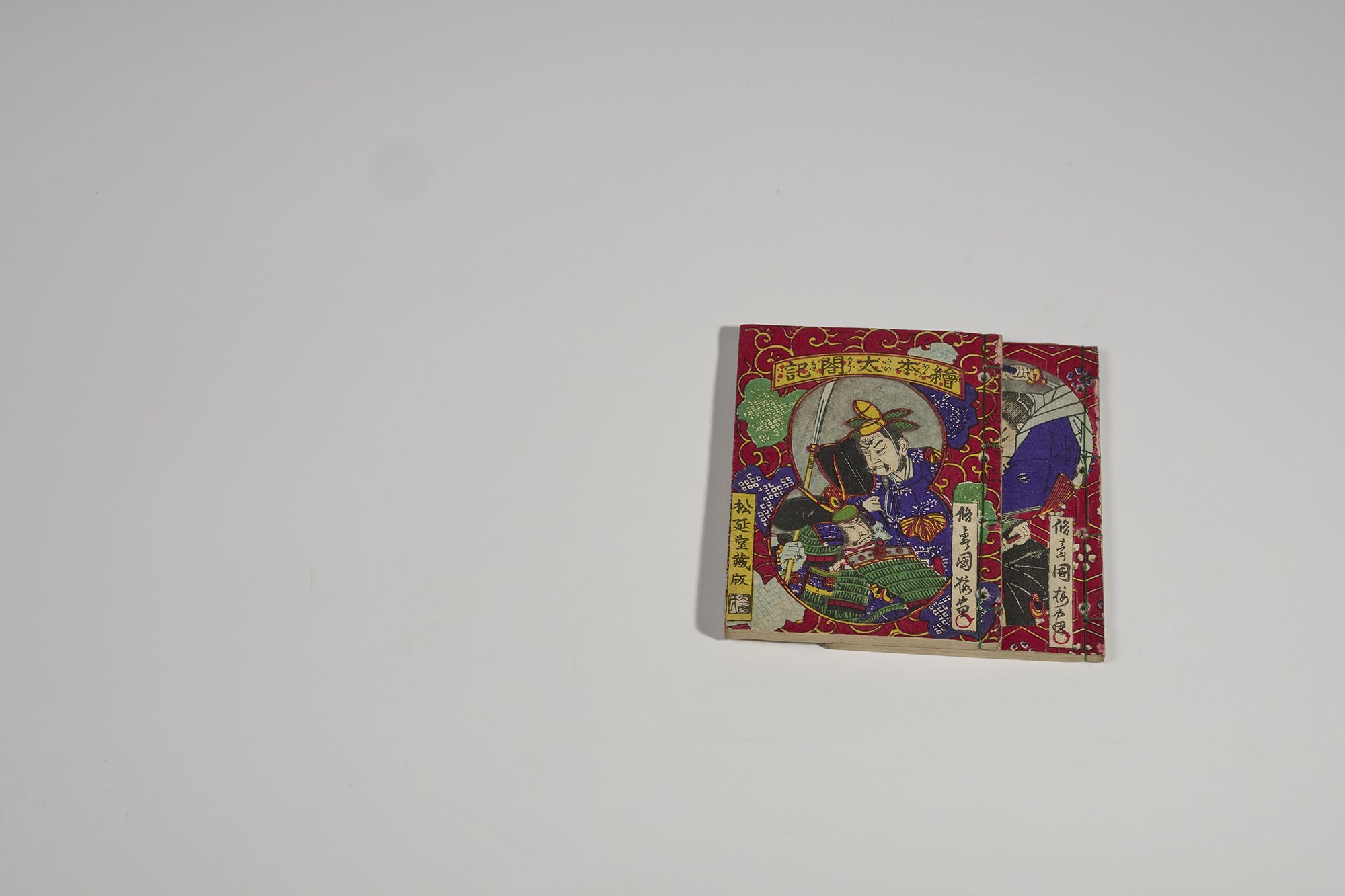
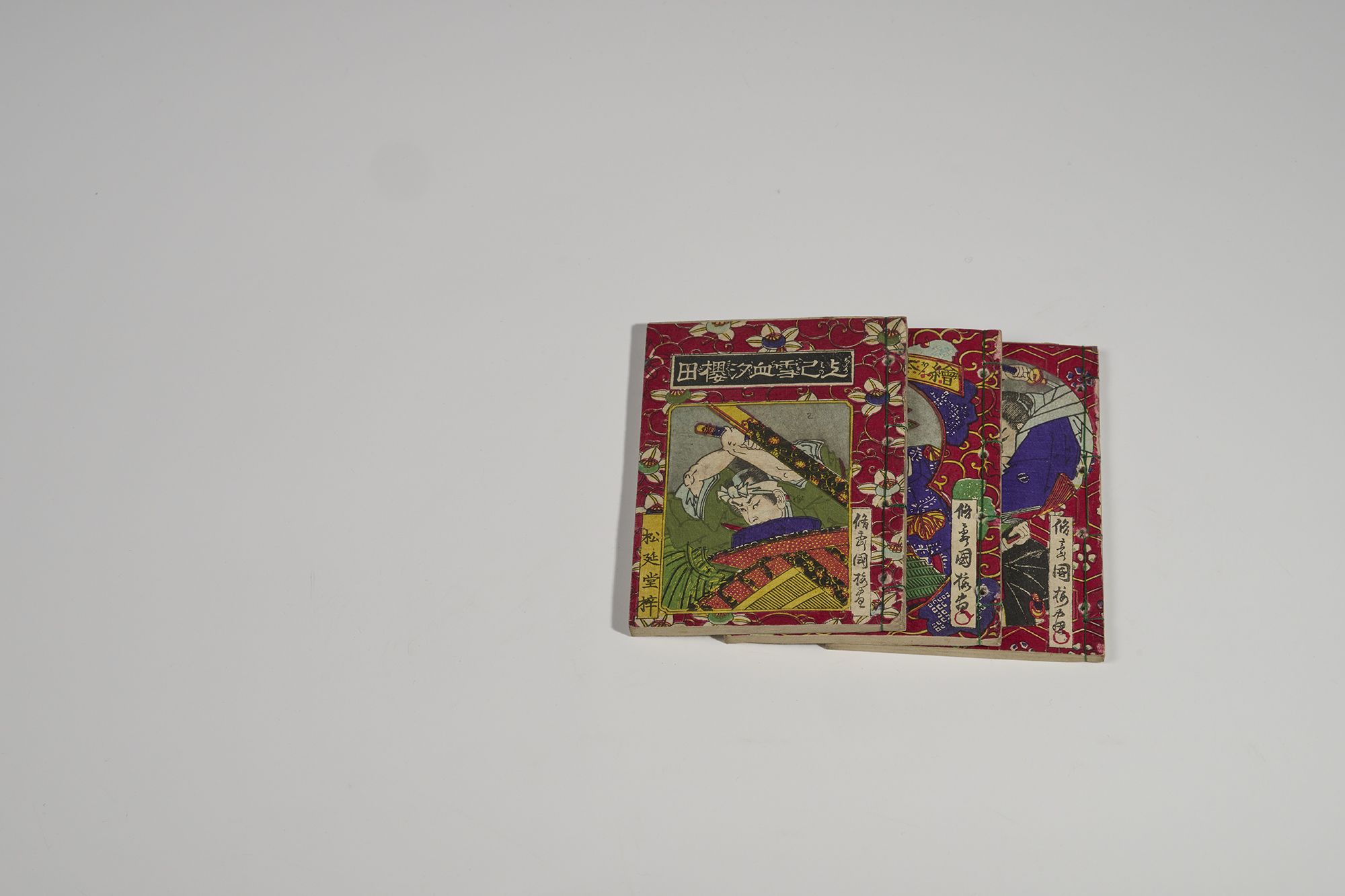
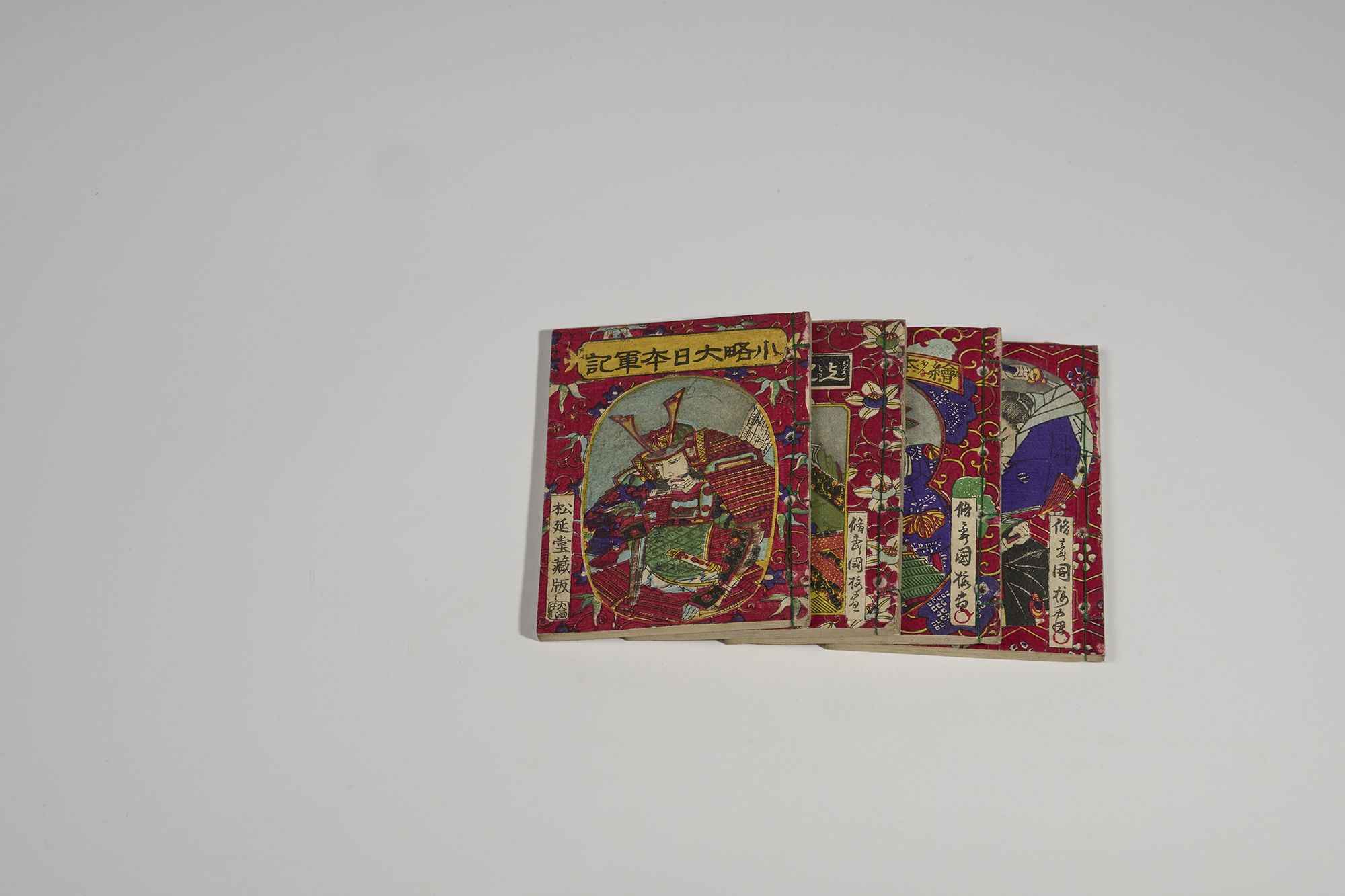
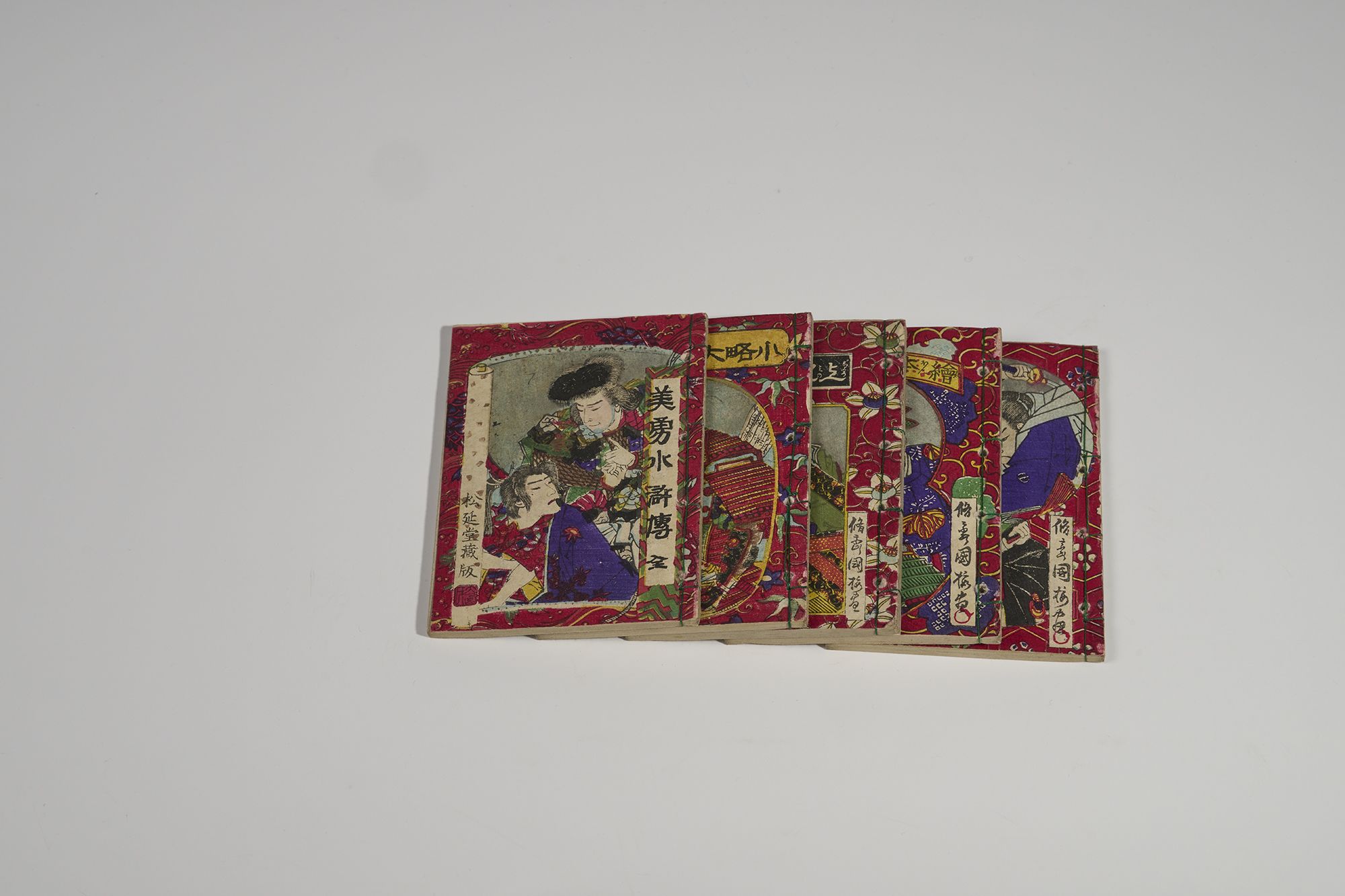
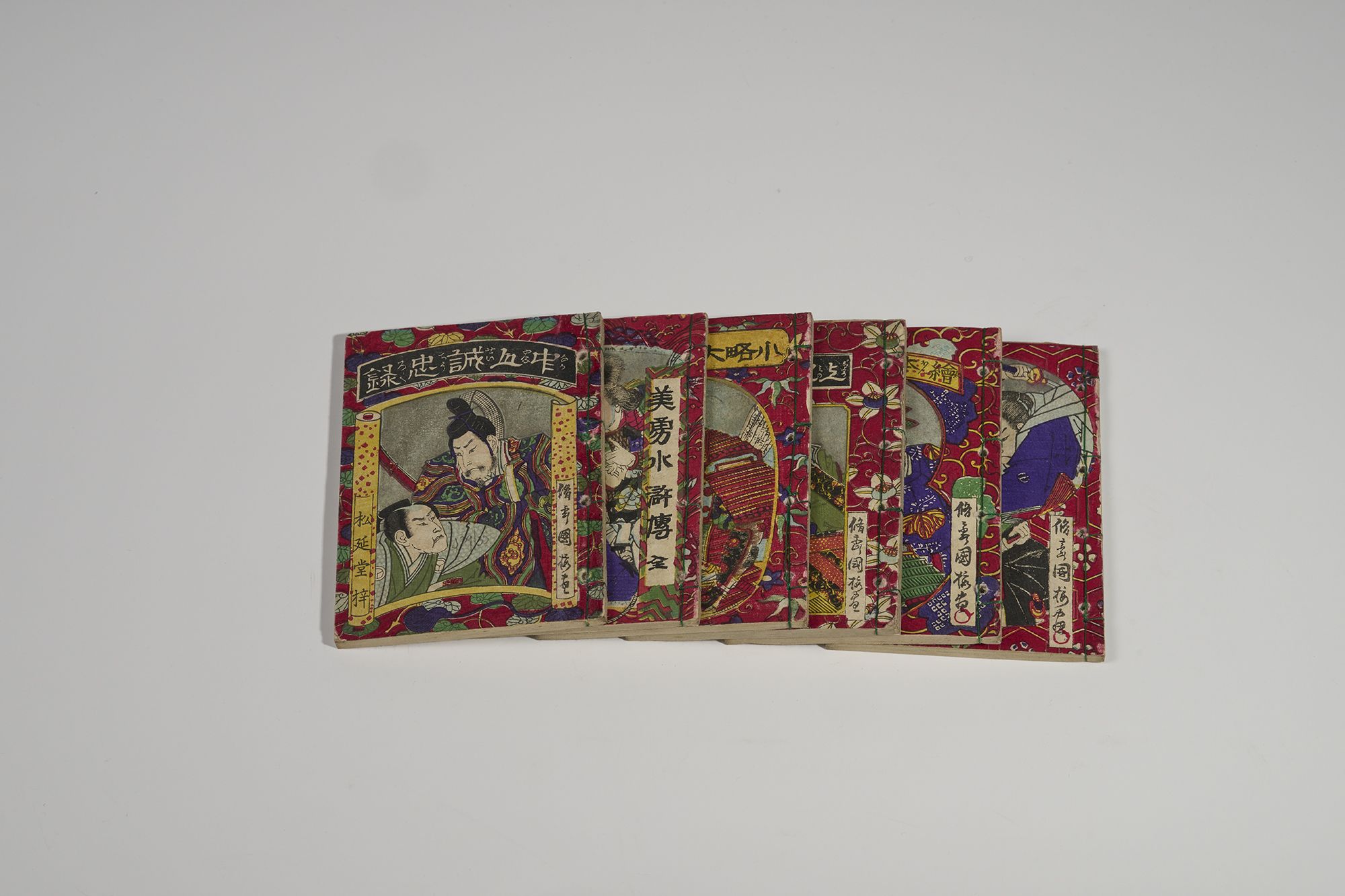
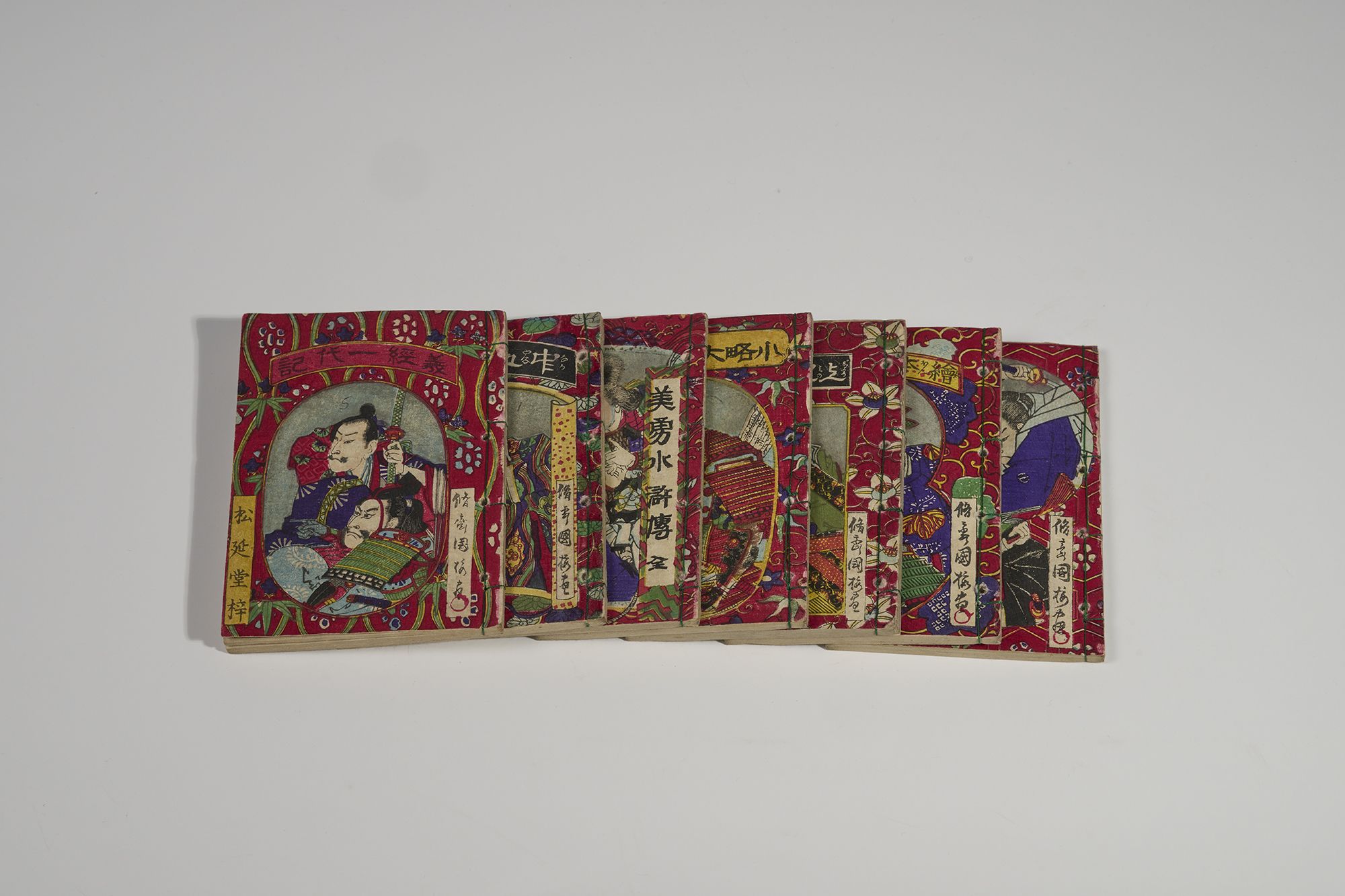
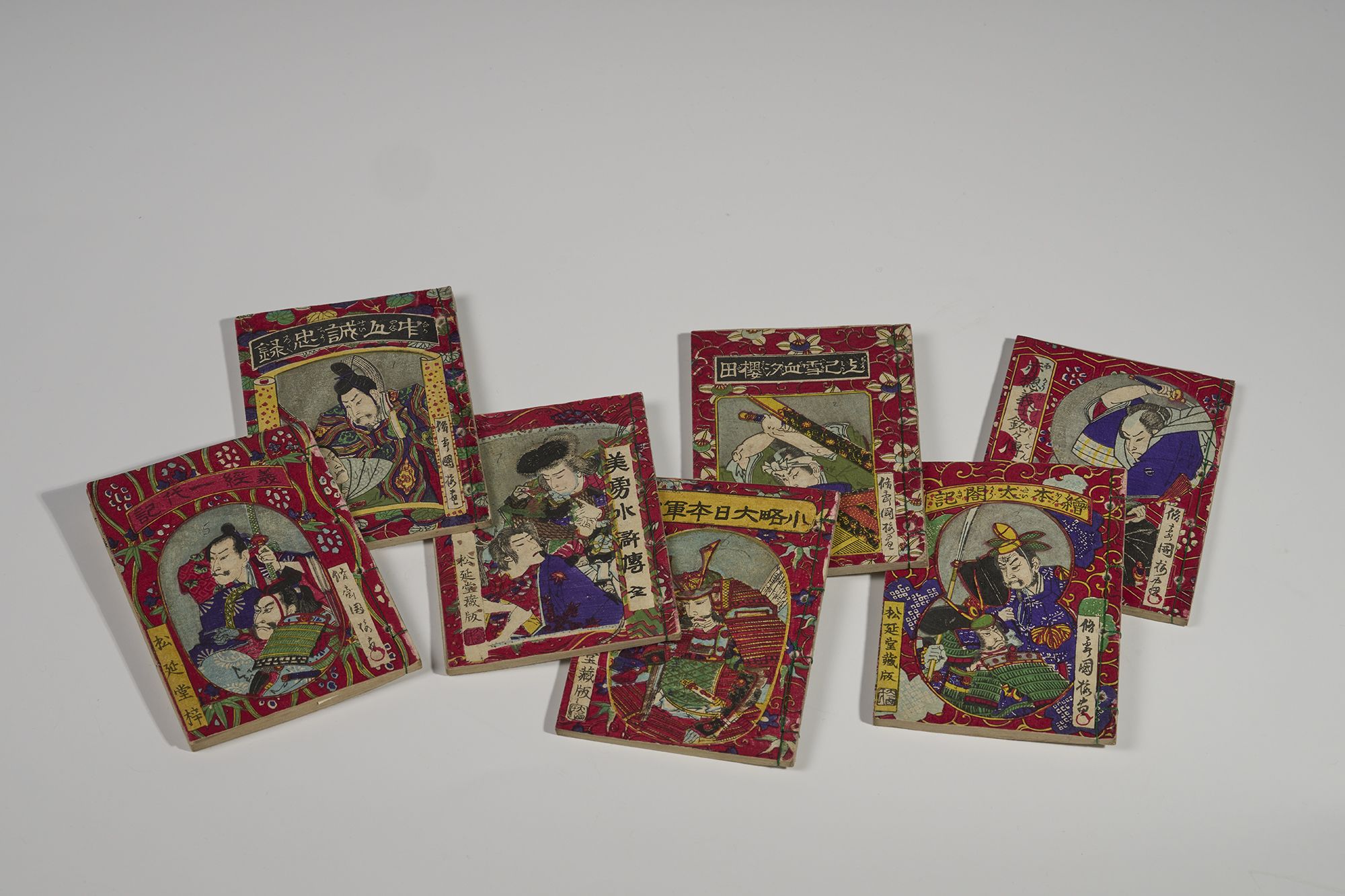
Samurai: History and Legend is drawn from the world-class collections of Cambridge University Library, home to one of the pre-eminent collections of Japanese material anywhere outside of Japan, including one of the first Japanese books ever to reach British shores.
Among the priceless treasures going on display for the first time is a seven metre-long scroll of the Lotus Sutra, a key Buddhist scripture in East Asia. Those with wealth and power showed their reverence for the sutra by sponsoring copies on the most precious materials available.
The Lotus Sutra
The Library’s Lotus Sutra scroll was produced in Japan about 800 years ago with each Chinese character painstakingly handwritten in pure gold. The paper itself was dyed with indigo and decorated with gold and silver.

The free exhibition, which runs from January 22 to May 28, 2022, explores the historic roots of the samurai and the literary image of the samurai in manuscripts and woodblock-printed books from Japan. The objects provide a contrast to familiar imagery and modern perceptions of the samurai that, especially in the West, have led to widespread misunderstanding of their social and cultural role in Japan.
Samurai were not only warriors. Life as a samurai was complex and multi-faceted, not all predicated on warriorship, samurai swords and battles. Some exhibition texts reveal the place of music and performance in samurai life or show samurai playing the flute.
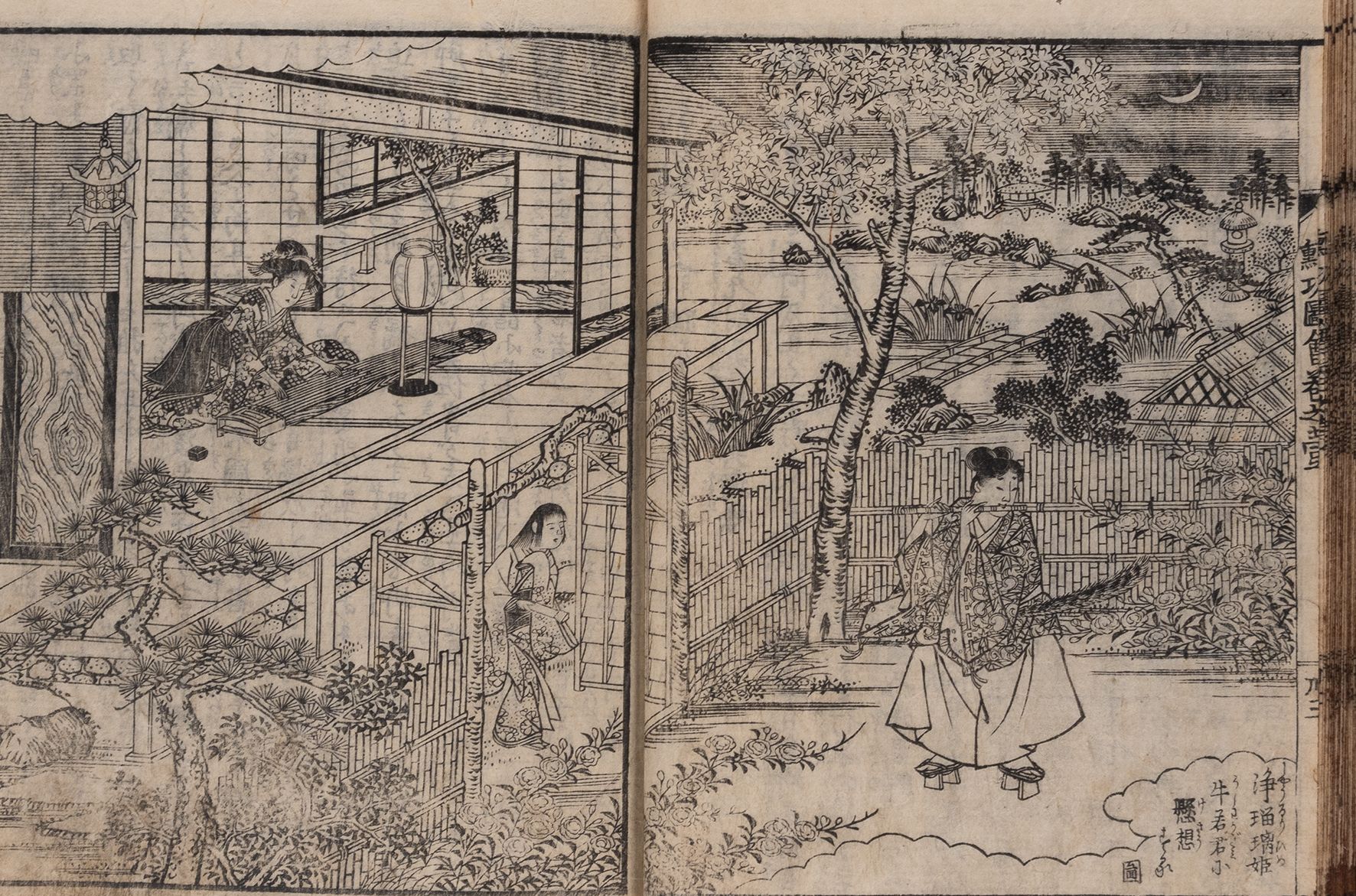
This illustration suggests a musical side to the famous 12th century warrior Minamoto no Yoshitsune, depicted here playing the flute in his garden.
This illustration suggests a musical side to the famous 12th century warrior Minamoto no Yoshitsune, depicted here playing the flute in his garden.
Even the delicate art of flower arranging had deep ties to Buddhist practice and was part of samurai culture.
The later objects in the exhibition are colourful and visually striking. During a long period of peace, Japan developed a publishing industry with books, maps, and games for commoners and samurai alike. This later print culture shows a playful irreverence toward the samurai.
The exhibition includes a book depicting cats dressed as samurai complete with swords, and a board game in which the players throw a die to follow the life of a medieval warrior. There are also sketches by Hokusai, one of Japan’s most famous artists.
Samurai cats

“The image of a samurai warrior is iconic, both in Japan and overseas. However, the imagery we usually see is as much legend and mythology as it is history," said Exhibition Curator Dr Kristin Williams.
"We want visitors to question their assumptions about Japan while they explore and examine the rare books and objects in the exhibition. We may think of weaponry and armour when we think of samurai, but there was far, far more to their story.”
Going on display for the first time alongside helmets, antique children’s books, and a manuscript that passed flower-arranging techniques secretly between master and disciple, is Azuma kagami, one of the first Japanese books in Britain when it arrived around 1626. At the time, Japan was largely closed to foreigners.
In 1715, this single volume also became the first Japanese book in Cambridge University Library.
At first, it was misidentified as a Chinese manuscript and even bound upside down. The language is Chinese, but it is a work of Japanese history, printed in Japan using an old style of wooden movable type.
Added Dr Williams: “The hardest thing about curating this exhibition was choosing only 60 objects from a total collection of more than 130,000 Japanese items!
"Most people in the UK will have heard of samurai but only associate them with swords — the samurai image is so familiar but so distant from the real sources and stories. Hopefully, our exhibition will inspire people to learn more about Japan and to seek out the stories behind our stereotypes.”

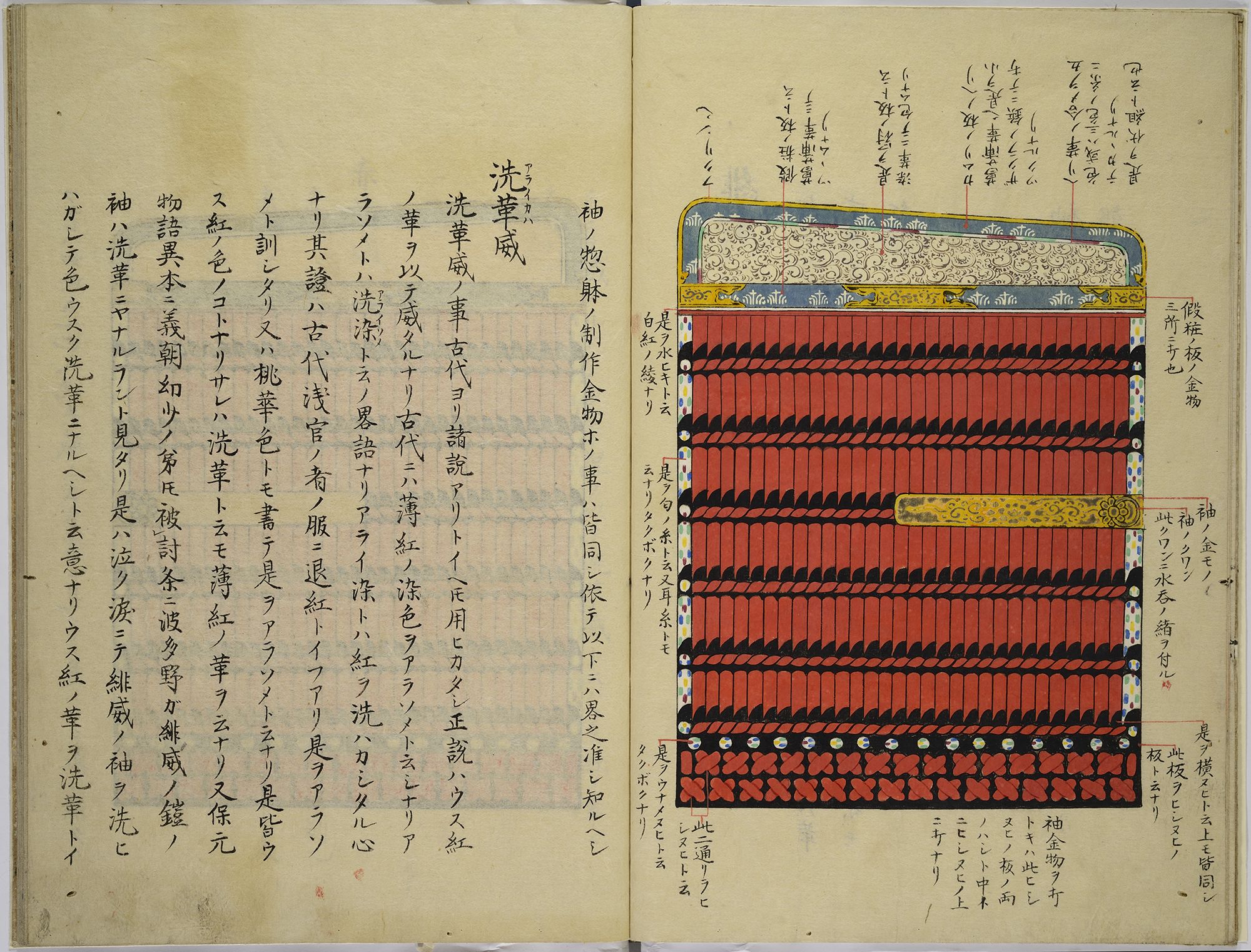
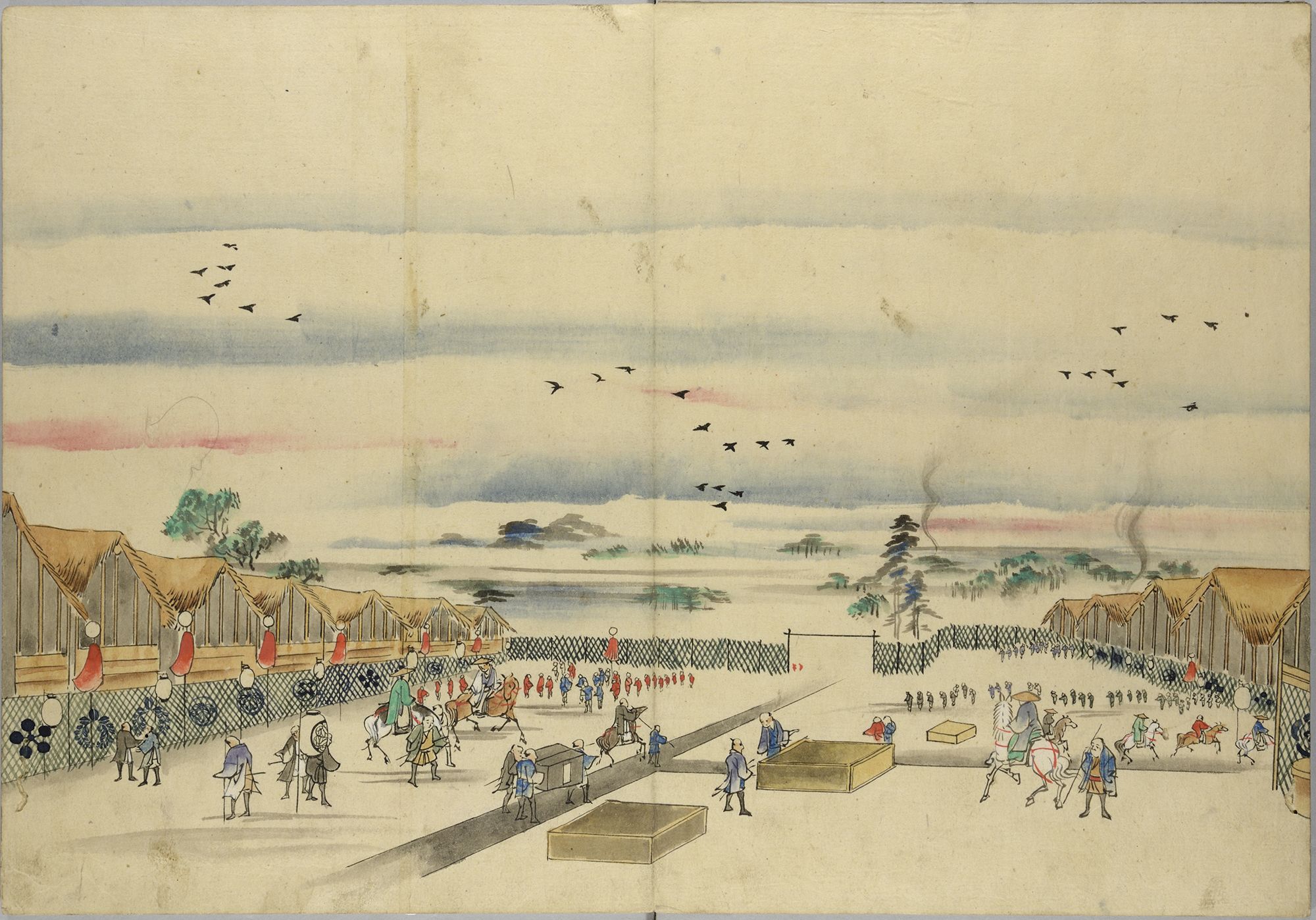
This beautiful woodblock dates from 1869 and reimagines an infamous 1703 night attack on the Edo mansion of Kira Yoshinaka by loyal samurai of the late Asano Naganori, intent on avenging their master's death.
The attack took place in a time of peace when samurai rarely saw battle, and private vengeance like this was illegal. Asano's men killed Kira but were themselves sentenced to death.
The vendetta inspired many theatrical retellings in the puppet and kabuki theatre, as well as more recent film adaptations. In this picture, its creator follows the way that the attack is depicted in the theatre, with heavy snow that would be unusual in Edo.
Dr Chris Burgess, Head of Exhibitions and Public Programmes at Cambridge University Library said: “When Japan started a modern army in the 1870s, the samurai became obsolete – but the legends grew bigger than ever as books and prints spread far beyond Japan’s borders.
"Centuries of complex history were collapsed into the sort of memorable images of the samurai that we’re all so familiar with today.
“This exhibition asks visitors to examine, through the extraordinary books, manuscripts, and objects on display from our collections just what kind of samurai is revealed to us.”
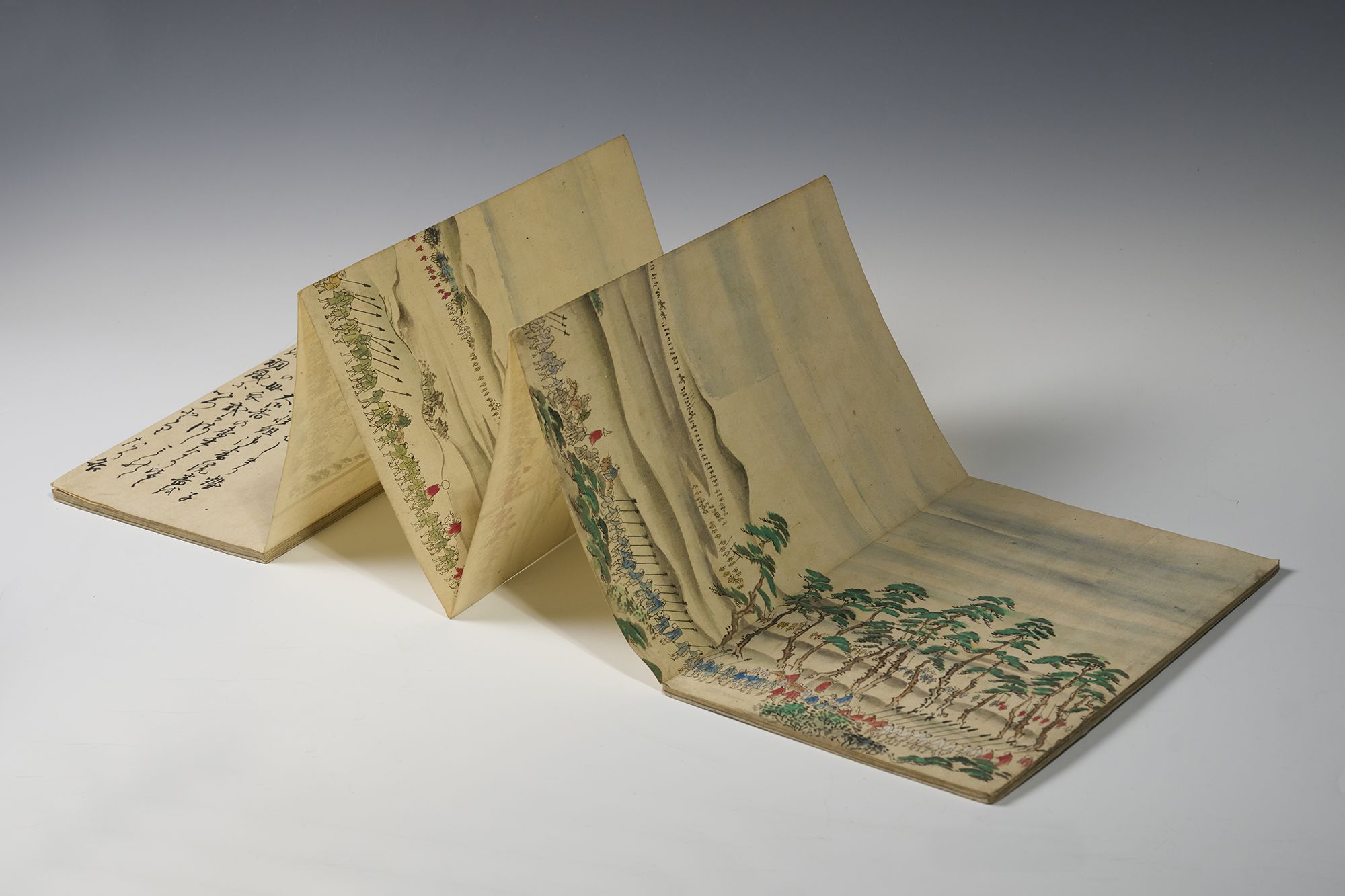
The folding image format of this hunting scene (also seen above) allows the text and the images to spread out like a scroll, but to be stored compactly like a book.
The folding image format of this hunting scene (also seen above) allows the text and the images to spread out like a scroll, but to be stored compactly like a book.
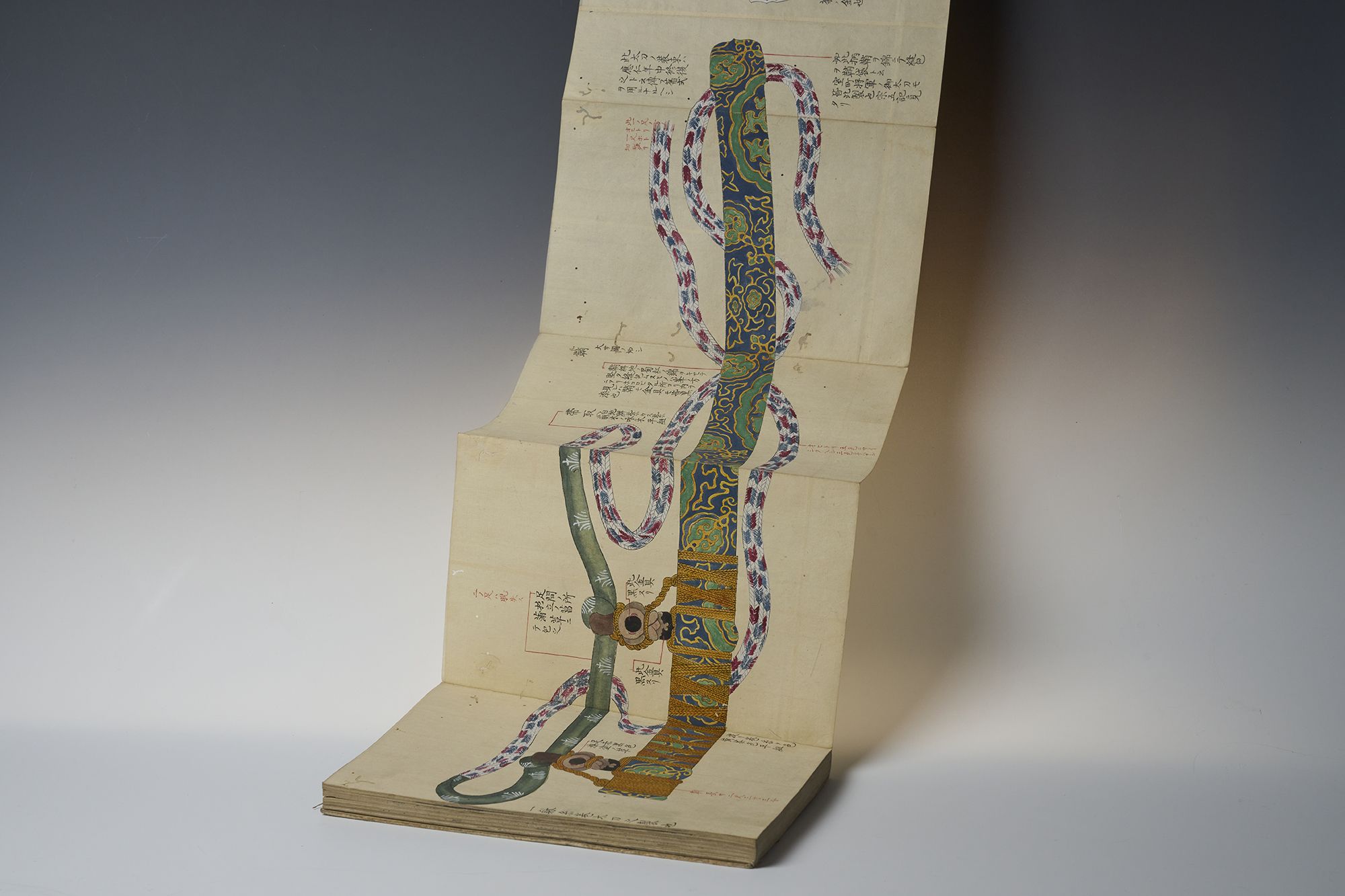
Fujikawa Seisai was a master swordsman and a member of a samurai family. In his manuscripts, he brought together information about historic blades and arrows.
Fujikawa Seisai was a master swordsman and a member of a samurai family. In his manuscripts, he brought together information about historic blades and arrows.
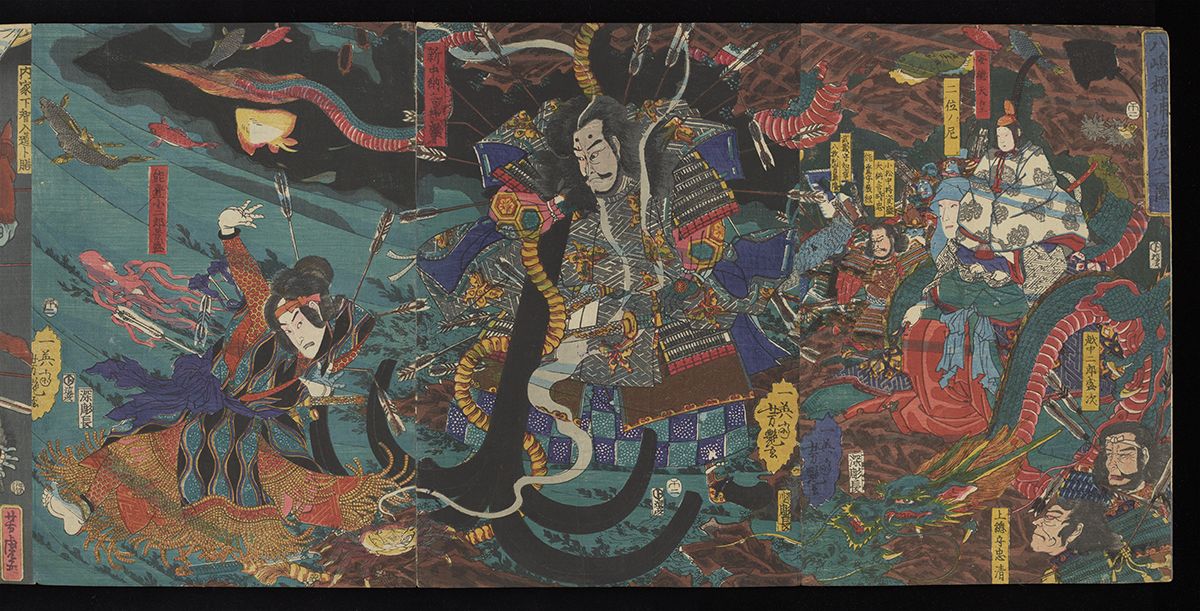
A three-panelled 19th century woodblock print shows an imagined scene below two sites of famous Japanese sea battles in 1185 (Yashima and Dannoura).
A three-panelled 19th century woodblock print shows an imagined scene below two sites of famous Japanese sea battles in 1185 (Yashima and Dannoura).

This woodblock-printed 1884 miniature book tells the story of the 1561 battle at Kawanakajima.
This woodblock-printed 1884 miniature book tells the story of the 1561 battle at Kawanakajima.
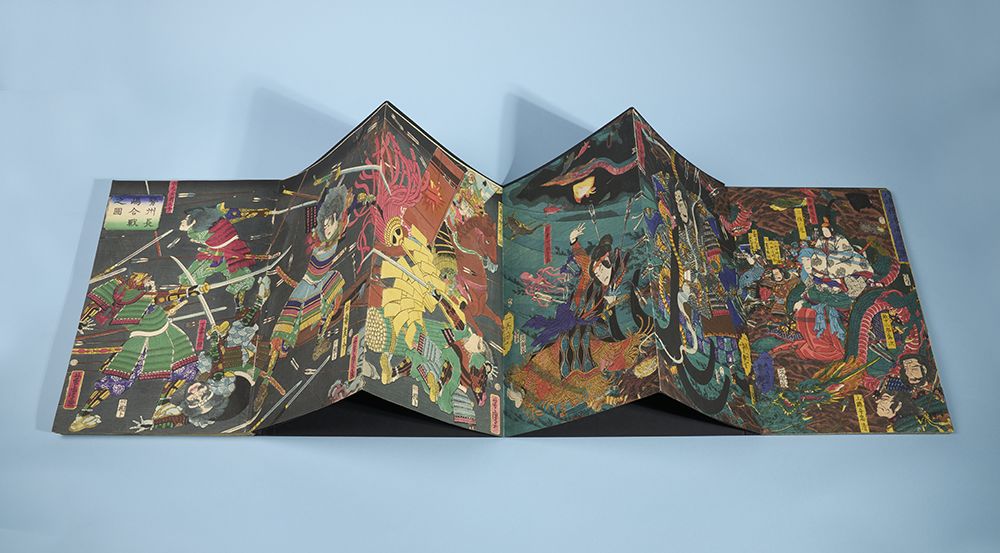
The three-panelled 19th century woodblock print above also folded away, as demonstrated here.
The three-panelled 19th century woodblock print above also folded away, as demonstrated here.
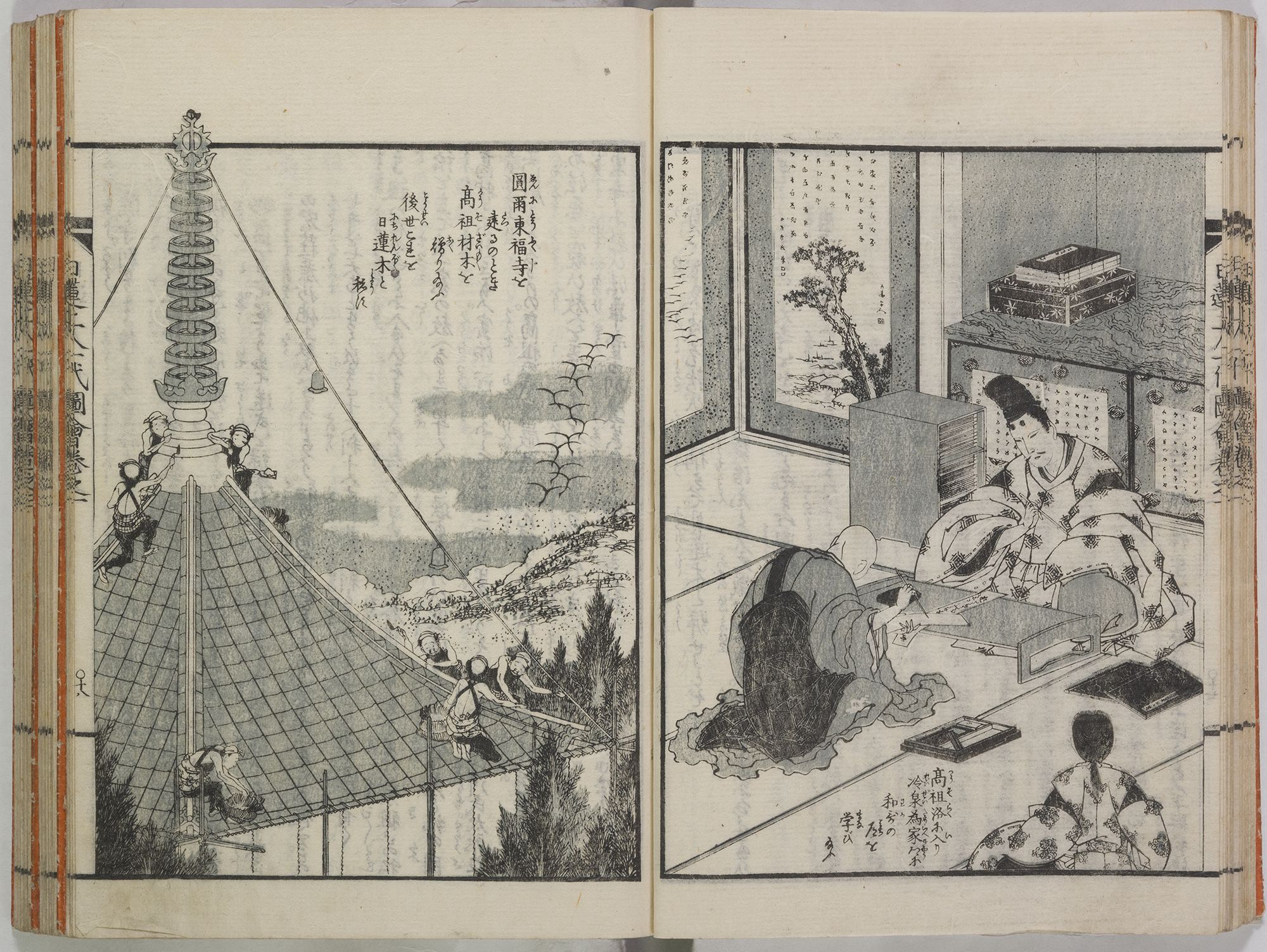
This illustration from an 1858 book about the priest Nichiren (1222-1282) shows the way Japanese wrote, read, and stored books in the past. Visitors will have the opportunity to handle an example of a traditional Japanese woodblock-printed book.
This illustration from an 1858 book about the priest Nichiren (1222-1282) shows the way Japanese wrote, read, and stored books in the past.
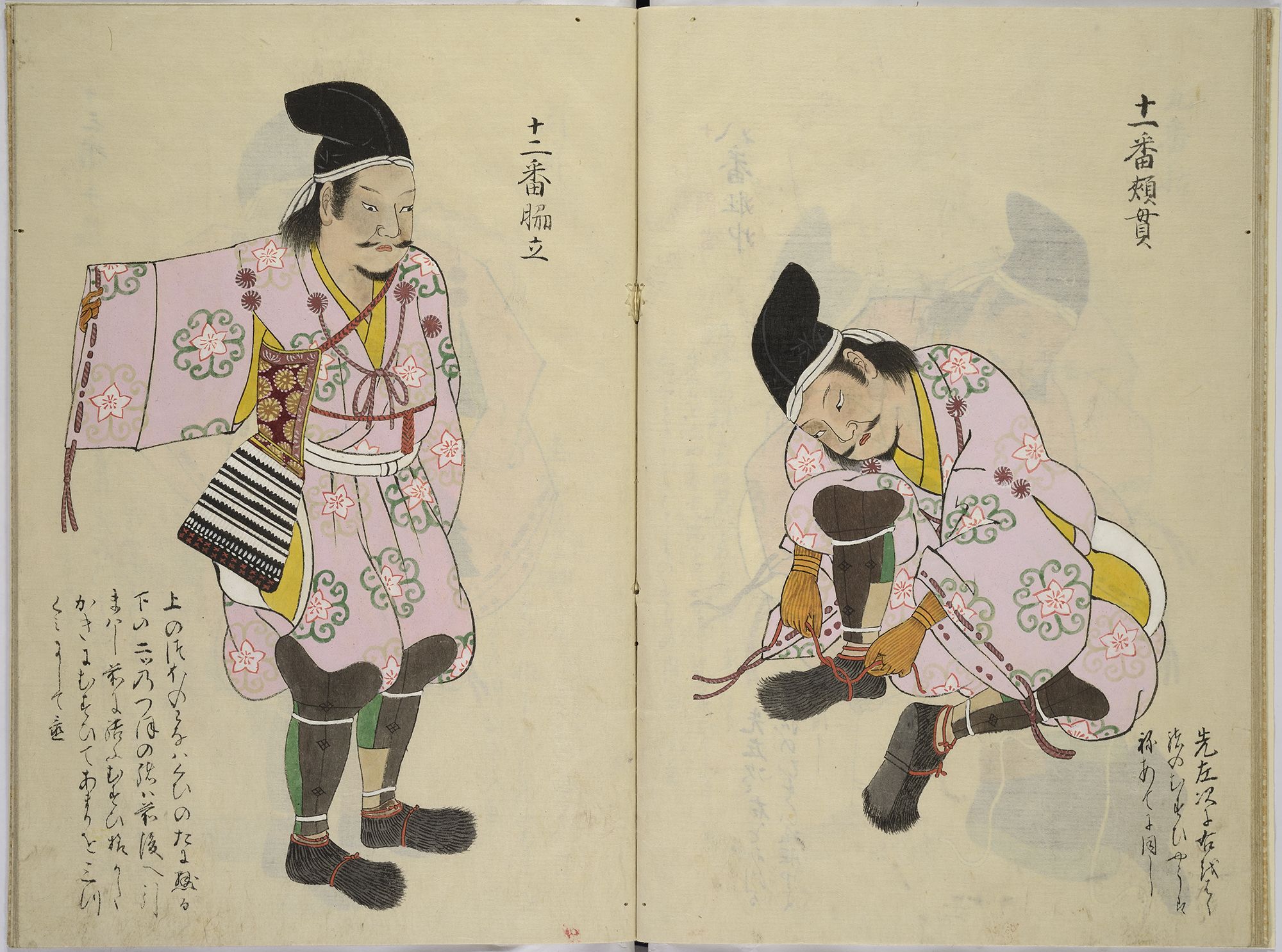
The warrior in this book is Minamoto no Yoshiie (1039-1106). The images depict the process of dressing in armour from undergarments to his weapons.
The warrior in this book is Minamoto no Yoshiie (1039-1106). The images depict the process of dressing in armour from undergarments to his weapons.

‘Gikei’ is another way to read the name Yoshitsune. This fanciful biography includes the story of his youthful training with winged creatures called tengū. Yoshitsune learned to fight while leaping or balancing on one foot as well as to fend off attacks with his fan.
Yoshitsune learned to fight while leaping or balancing on one foot as well as to fend off attacks with his fan.
Samurai: History and legend runs Jan 22-May 28, 2022
Entry is free
No booking required
The exhibition has been supported by the Great Britain Sasakawa Foundation, the Howard and Abby Milstein Foundation and the Friends of Cambridge University Library.
The text in this work is licensed under a Creative Commons Attribution 4.0 International License.


